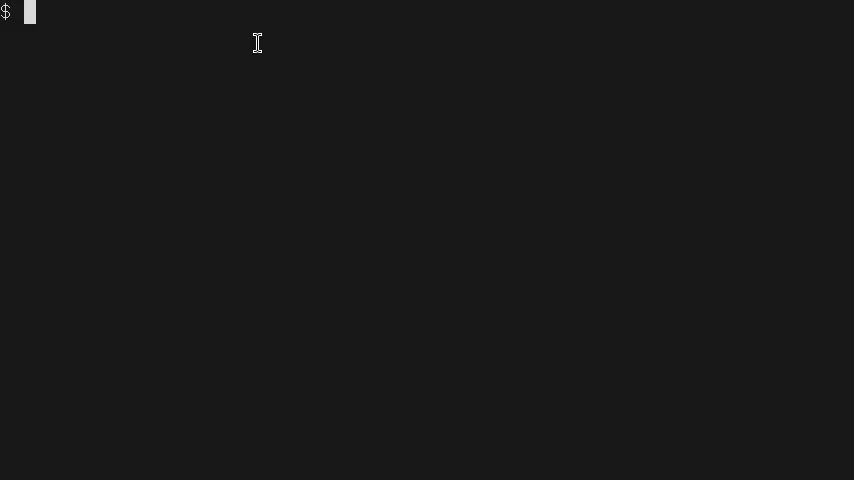commits
| 2025-05-11 | Bump version to 1.0.1 | Sören Tempel |
| 2025-05-11 | README.md: Remove obsolete disclaimer regarding CLI stability | Sören Tempel |
| 2025-05-10 | app: Better error message if -s date is outside of the displayed range | Sören Tempel |
| 2025-05-10 | app: Allow specifying a custom time for the time view using -s | Sören Tempel |
| 2025-05-03 | Bump version to 1.0.0 | Sören Tempel |
Clone the repository to access all 144 commits.
README
An fzf-like tool to interactively select a date in a provided format.

Motivation
A variety of command-line utilities (at, journalctl, mpick, khal, …) allow passing dates in different formats via command-line options. Entering these dates in the required formats manually can be cumbersome and annoying. Inspired by fzf, this utility allows visually selecting a date interactively through a TUI, thereby easing specification of dates for other command-line utilities.
Status
The currently implemented feature set works well, more advanced features (like fzf-like previews) may be added in a future version.
Installation
If you have a Haskell development environment setup and a compatible GHC version installed, you can install this utility by cloning the repository and running:
$ cabal install
Alternatively, if you don’t have a Haskell development environment, you can also install this software using Guix.
Guix will automatically install a supported GHC version for you and add the binary to your $PATH.
In order to install datepicker this way run the following command
$ guix time-machine -C channels.scm -- package -f package.scm
Tests
A test suite is available, it performs several checks on the TUI using tmux and requires the datepicker binary in your $PATH.
Once these requirements are satisfied, it can be invoked using:
$ cabal test
Usage Examples
By default, datepicker requires selection of both a date and a time and prints the selected date in the RFC 1123 date format.
The behavior can be customized using several command-line flags, e.g. the -f option allows specification of a different date format.
This format must be specified using the format strings supported by the formatTime function from Haskell’s time library.
A few example usages are provided below.
at — Execute a job at a specified time which is selected based on the current year (-y):
$ echo "ls ~" | at -m -t "$(datepicker -y -f %0Y%m%d%H%M)"
journalctl — Select log entries newer than a given date from a span of three months (-3):
$ journalctl --since="$(datepicker -3 -f '%Y-%m-%d %H:%M:%S')"
mpick — Select emails newer than a given date in the current month, skipping time selection (-d):
$ mlist ~/mail/INBOX | mpick -t "date >= \"$(datepicker -d -f %Y-%m-%d)\""
Refer to the --help output for an overview of all supported command-line options.
Key Bindings
Two input views are provided: (1) A date selection view and (2) a time selection view.
Date Selection:
Esc/q: Abort selection, exit with non-zero exit statusEnter: Confirm selection of focused dateUpandDown: Change focus to date in previous/next weekLeftandRight: Change focus to previous/next date
Time Selection:
Esc/q: Abort selection, exit with non-zero exit statusEnter: Confirm selection of specified time- Note: If the time is invalid, confirming the selection won’t be possible
- In a future version, this may cause an error to be emitted
[0-9]: Input a new digit at the highlighted locationBackspace: Move cursor to previous time digitLeftandRight: Move cursor to previous/next digit
License
This program is free software: you can redistribute it and/or modify it under the terms of the GNU General Public License as published by the Free Software Foundation, either version 3 of the License, or (at your option) any later version.
This program is distributed in the hope that it will be useful, but WITHOUT ANY WARRANTY; without even the implied warranty of MERCHANTABILITY or FITNESS FOR A PARTICULAR PURPOSE. See the GNU General Public License for more details.
You should have received a copy of the GNU General Public License along with this program. If not, see https://www.gnu.org/licenses/.